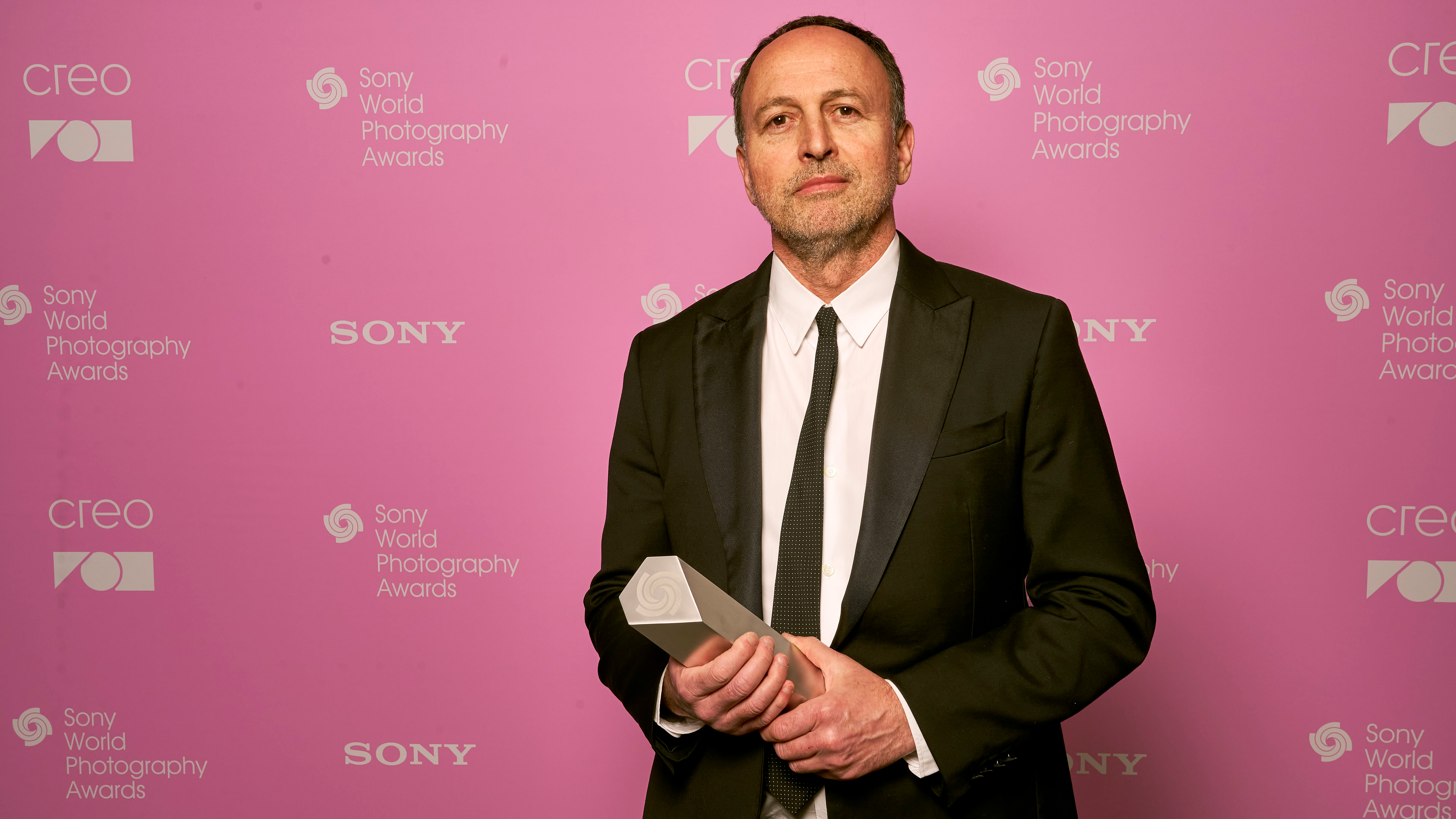Why perfectly imperfect images are practically perfect in every way
Oops, I took a masterpiece: Why mistakes often make the best pictures
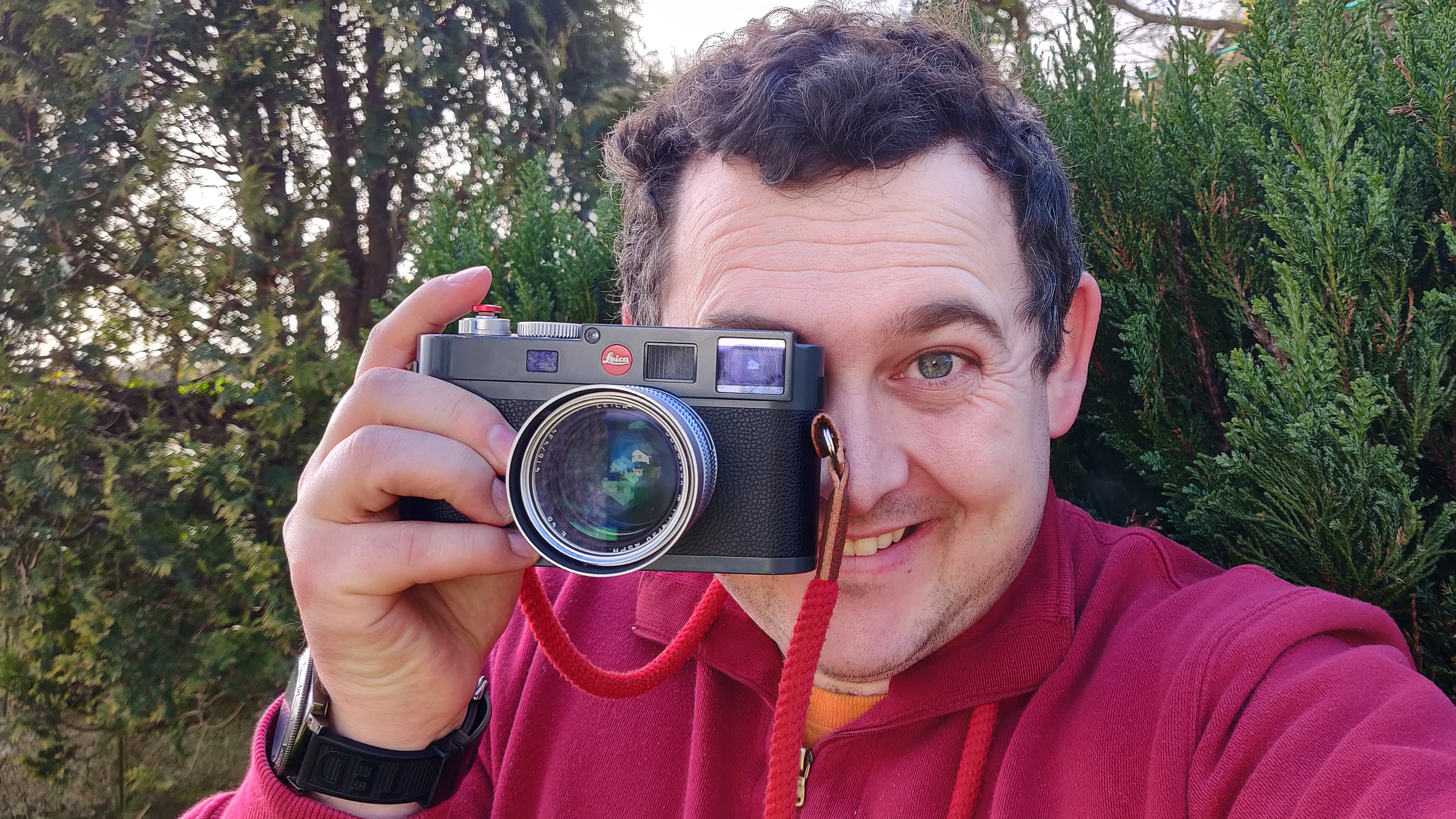
Ah, the endless pursuit of photographic perfection. Razor-sharp focus, symmetrical composition, lighting so flawless that Rembrandt himself would weep… it’s exhausting, isn’t it? And yet, for all our obsession with precision, it’s the beautifully flawed, the gloriously off-kilter, the technically atrocious images that end up meaning the most.
The ones with a light leak, a rogue thumb in the frame, or the chaotic blur of life actually happening. These are the photos that tell real stories, the ones with heart – and possibly some camera shake.
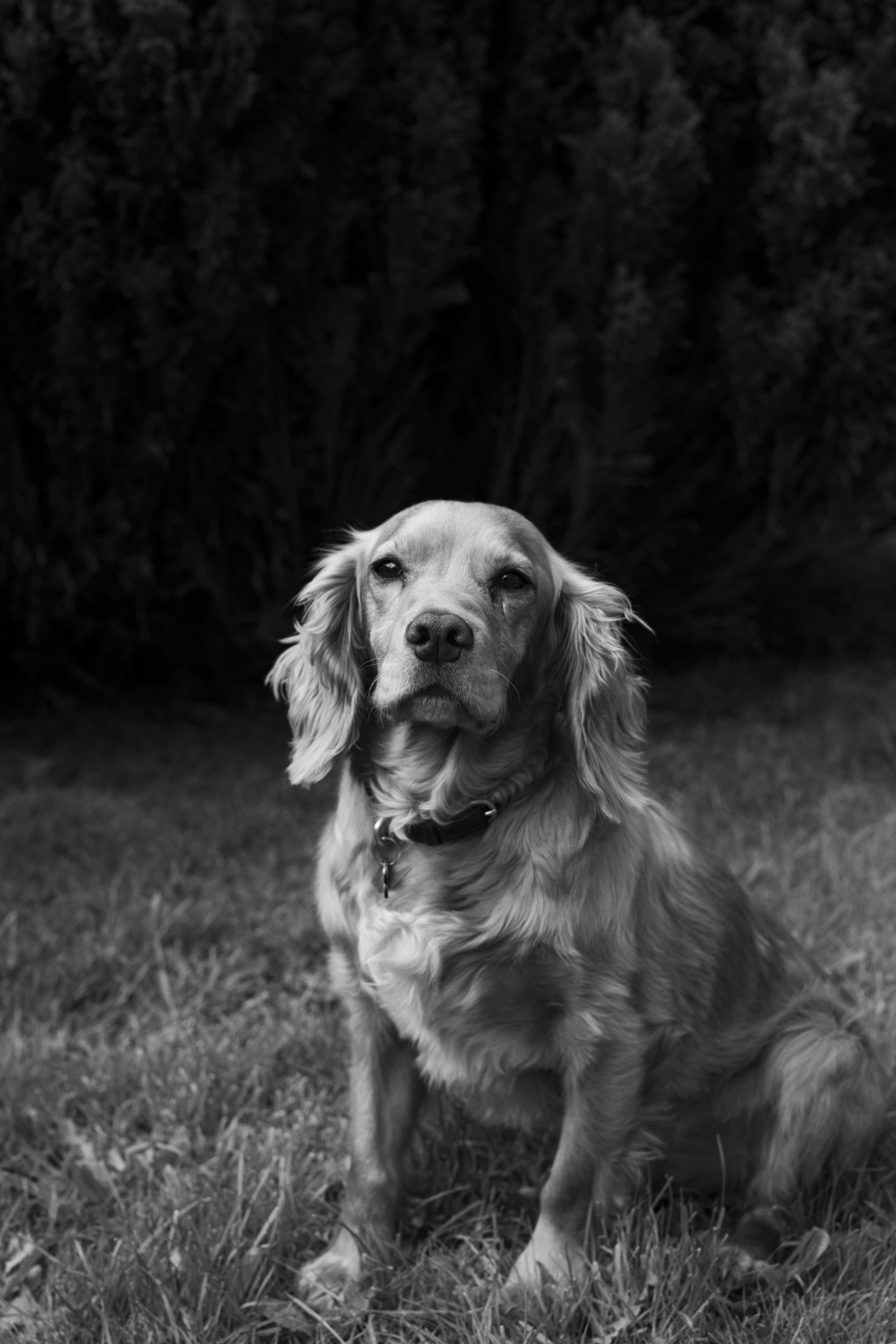
Think of the best photographs in history. Are they surgically precise? No. Robert Capa’s D-Day shots are grainy, underexposed messes, but you feel the chaos, the adrenaline, the sheer madness of that moment.
Henri Cartier-Bresson’s decisive moments weren’t built on mathematical precision but on instinct and just the right amount of "whoops, I pressed the shutter at the last possible second." Even Ansel Adams, the grand master of technical perfection, would probably admit that a bit of spontaneity is what makes an image sing. Maybe. If you caught him after a few drinks.
Yet here we are in 2025, where artificial intelligence wants to smooth out every imperfection, remove every wrinkle and make sure your toddler’s tantrum at the family picnic never existed. Heaven forbid your holiday snaps look like, well, real life.
No, let’s deepfake a better expression onto Aunt Susan’s face and Photoshop your dog into a more photogenic pose because, heaven knows, that Cocker Spaniel’s tongue was a fraction of an inch too far to the left.
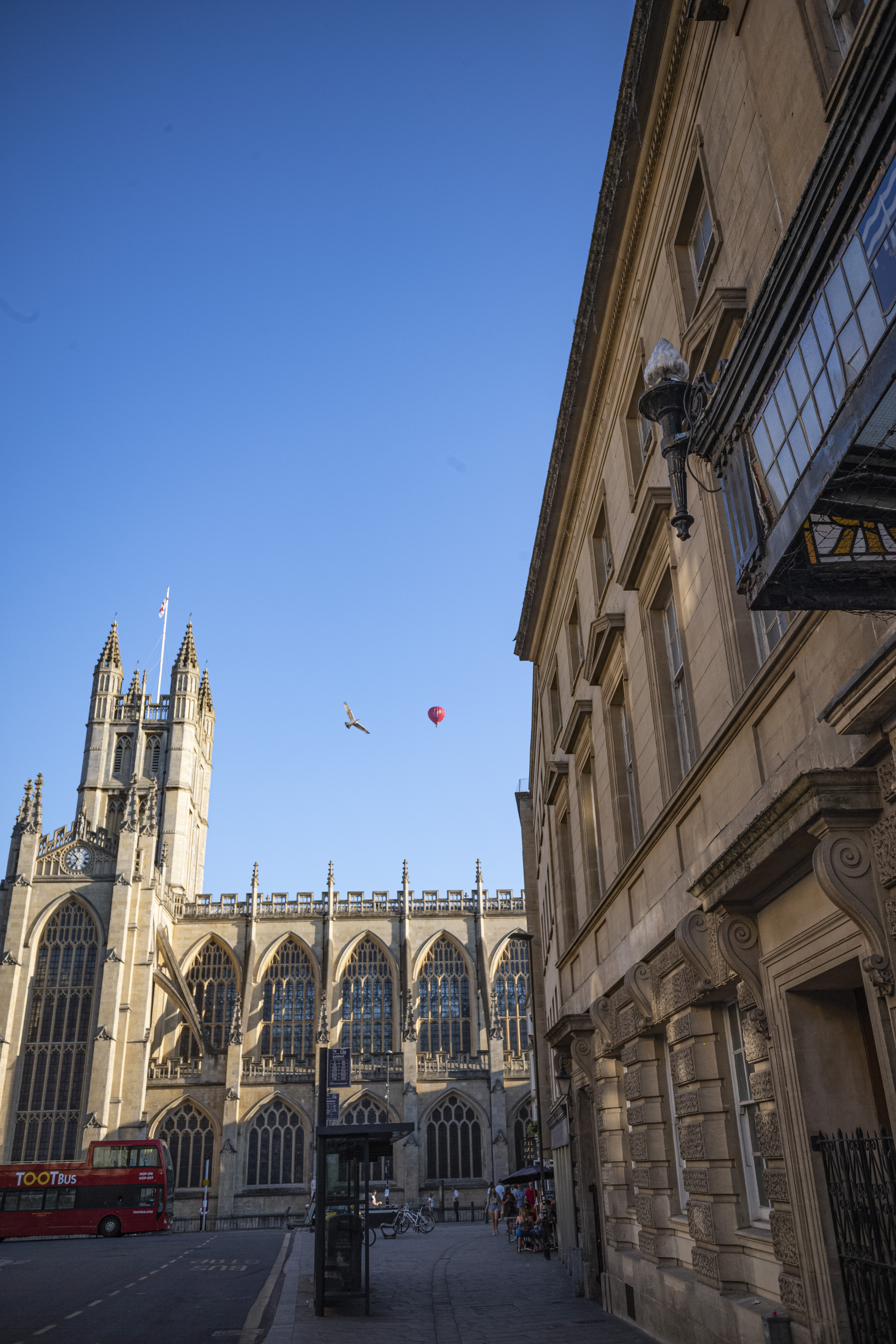
But here’s the thing: perfection is a lie. Have you ever noticed that the best photos in your collection aren’t the ones where everyone is standing stiff as mannequins?
Get the Digital Camera World Newsletter
The best camera deals, reviews, product advice, and unmissable photography news, direct to your inbox!
It’s the one where someone is mid-laugh, where the cake is in the process of falling, where the bride is caught adjusting a stray hair before the official portrait. It’s those gloriously imperfect shots that transport you back to the moment. The perfect images are lovely to look at, but the imperfect ones are the ones you feel.
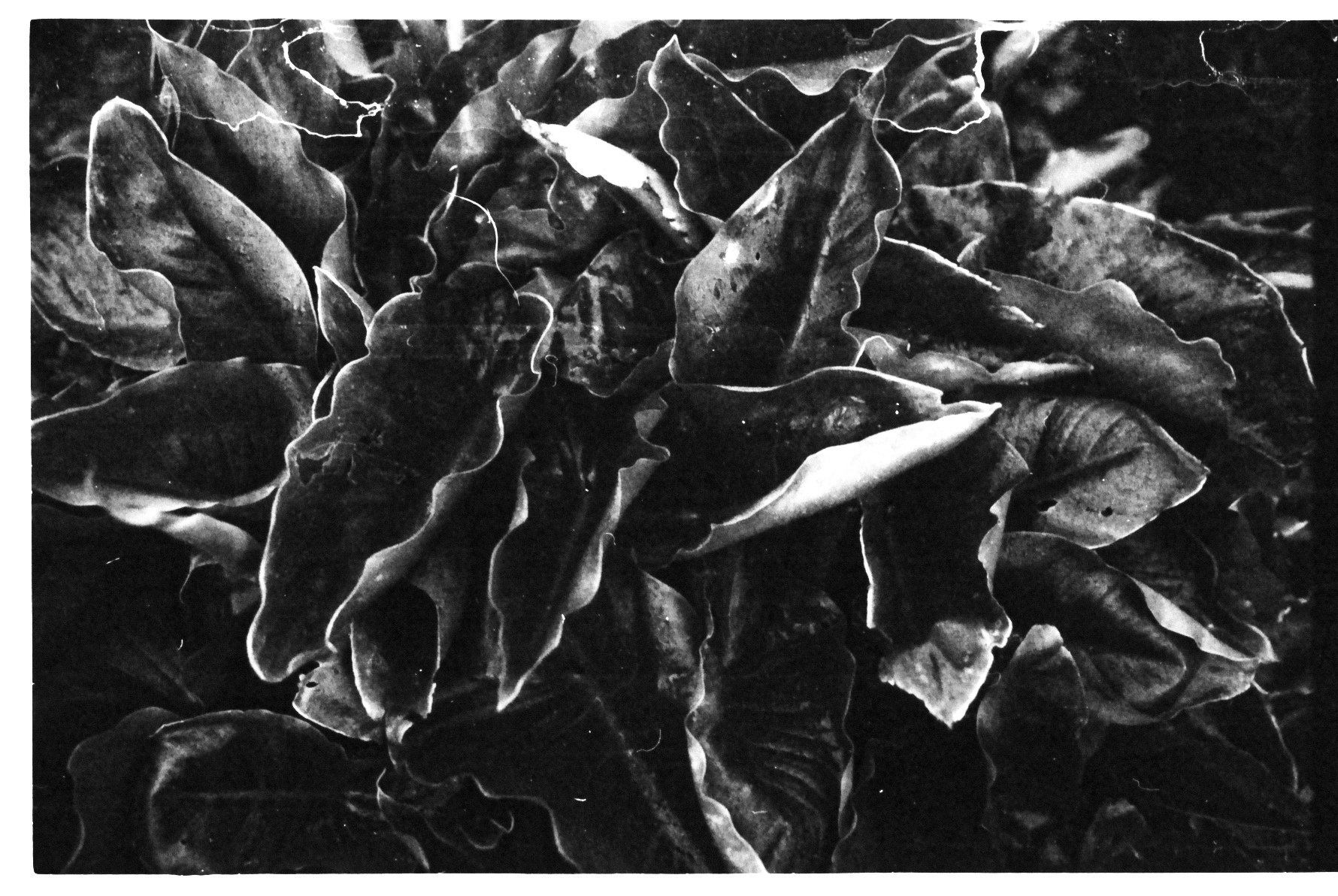
So let’s embrace the slightly out-of-focus, the unintentional double exposure, the accidental magic of real photography. Let’s stop filtering, stop editing the soul out of our images, and start celebrating the beautiful chaos of life as it actually happens.
Because let’s be honest: life is one giant blurry, badly framed, overexposed masterpiece – and that’s exactly how it should be.
You might also like…
If you want to take shake to the extreme, check out ICM photography: intentional camera movement. And to see the best of Bresson and the best photographers ever, take a look at the best books on photography.
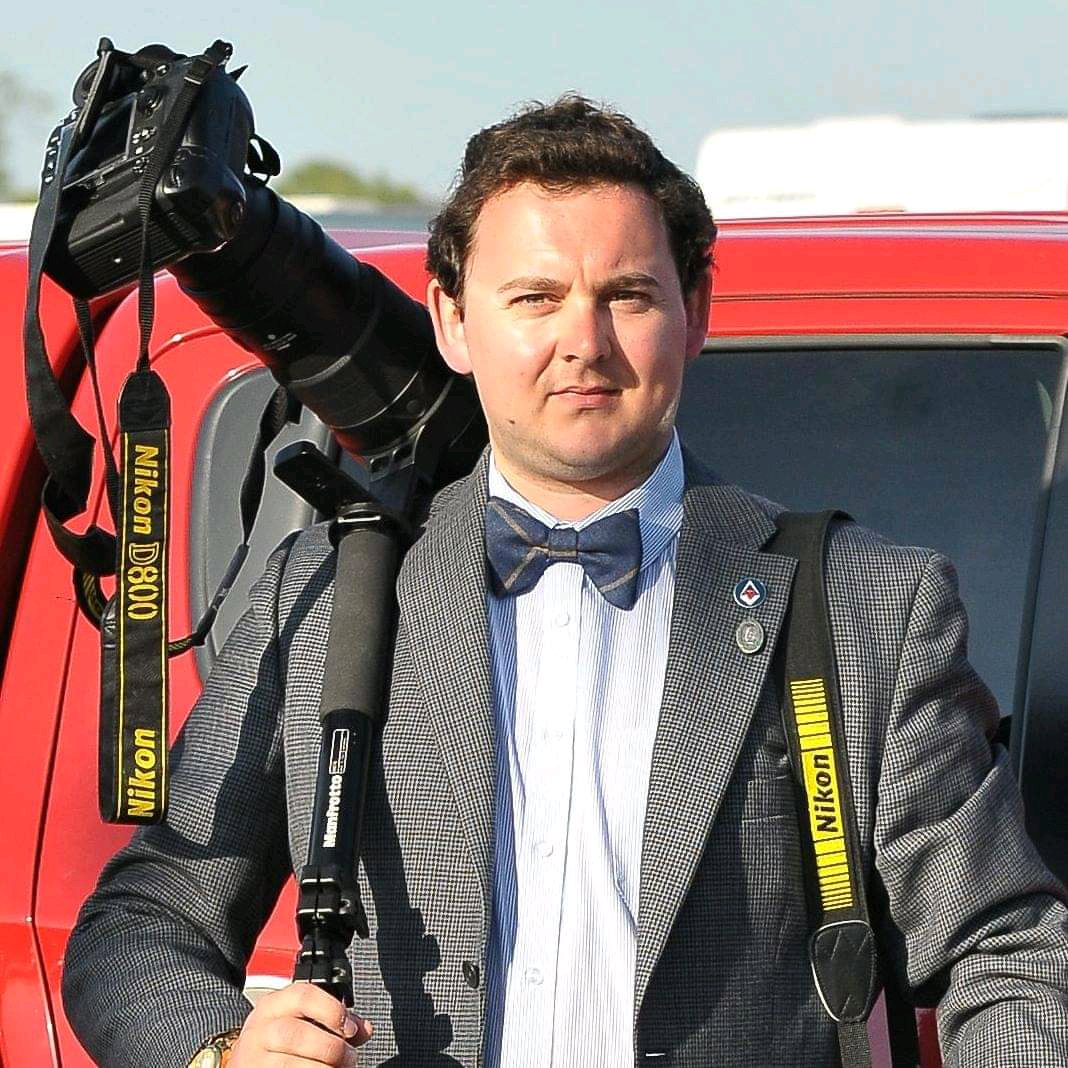
For nearly two decades Sebastian's work has been published internationally. Originally specializing in Equestrianism, his visuals have been used by the leading names in the equestrian industry such as The Fédération Equestre Internationale (FEI), The Jockey Club, Horse & Hound, and many more for various advertising campaigns, books, and pre/post-event highlights.
He is a Fellow of the Royal Society of Arts, holds a Foundation Degree in Equitation Science, and holds a Master of Arts in Publishing. He is a member of Nikon NPS and has been a Nikon user since his film days using a Nikon F5. He saw the digital transition with Nikon's D series cameras and is still, to this day, the youngest member to be elected into BEWA, the British Equestrian Writers' Association.
He is familiar with and shows great interest in 35mm, medium, and large-format photography, using products by Leica, Phase One, Hasselblad, Alpa, and Sinar. Sebastian has also used many cinema cameras from Sony, RED, ARRI, and everything in between. He now spends his spare time using his trusted Leica M-E or Leica M2, shooting Street/Documentary photography as he sees it, usually in Black and White.
You must confirm your public display name before commenting
Please logout and then login again, you will then be prompted to enter your display name.
